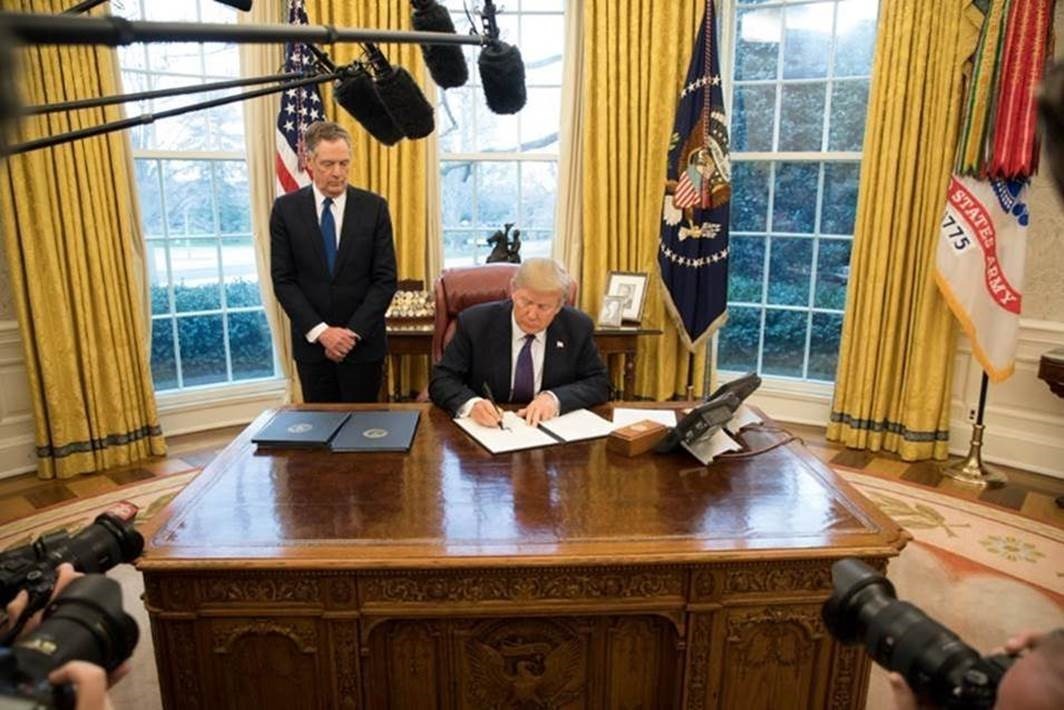Pv-Magazine
1M
0

Image Credit: Pv-Magazine
How Trump’s widespread tariffs affect the U.S. solar industry
- The Trump Administration implemented tariffs at a rate of 10% on most countries, excluding certain products like energy, steel, and aluminum, as tariffs had already been applied to them.
- A higher reciprocal rate of 11% to 50% on imports from 60 countries was implemented on April 9 to match tariffs and trade enforcement policies.
- The executive order signed by President Trump also introduced 25% tariffs on steel and aluminum imports, impacting costs in various sectors, including solar projects.
- In December, the Biden Administration doubled tariffs on solar products from China, resulting in price increases for components like aluminum frames.
- The U.S. solar module market saw a 4% increase in December, with prices rising for products using cells from countries affected by the tariffs.
- Certain articles like energy products, aluminum, and steel were exempt from the new tariffs, and goods from Canada and Mexico with existing tariffs were not affected.
- New tariffs applied starting April 5 do not include specific materials like polysilicon, as listed in the annex to the Trump order.
- Upcoming higher tariffs on certain countries range from 17% to 49%, affecting imports from countries like China, the EU, Vietnam, and others.
- The solar industry is reacting to new antidumping and countervailing duty enforcement, with significant declines in imports from Southeast Asian countries impacted by the tariffs.
- Experts emphasize the need for incentives alongside tariffs to support U.S. manufacturing growth in sectors like solar, highlighting the importance of policies like the Inflation Reduction Act.
- Potential cuts to tax credits and evaluations of manufacturing investments, such as those for solar, battery, and energy storage, are anticipated outcomes in the aftermath of tariff implementations.
Read Full Article
Like
For uninterrupted reading, download the app